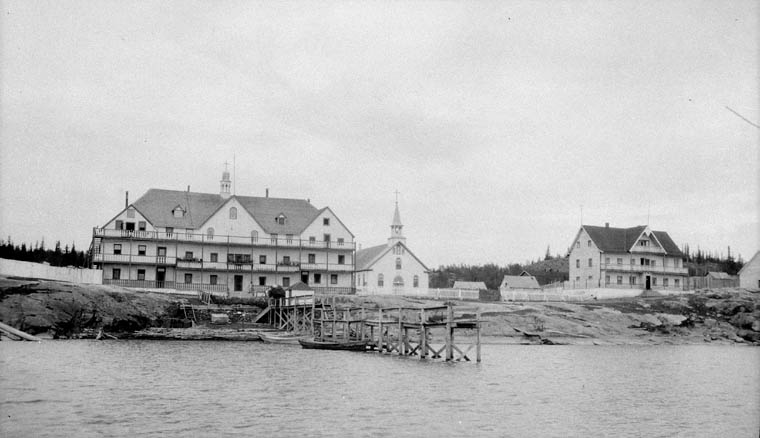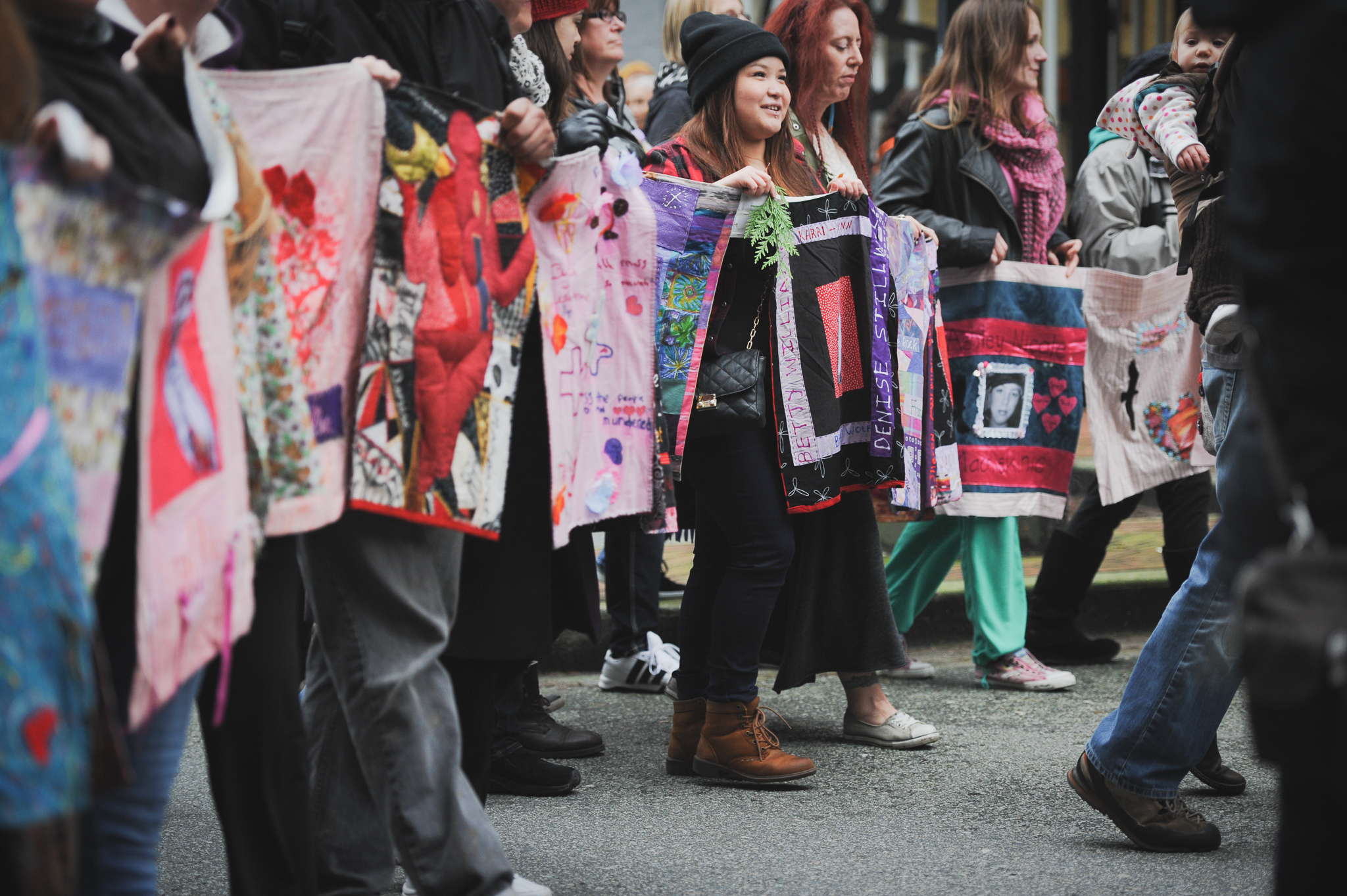The Truth and Reconciliation Commission (TRC) started working in 2008. It was a result of the Indian Residential Schools Settlement Agreement (IRSSA). The IRSSA recognized the suffering and trauma experienced by Indigenous students at residential schools. It also provided financial compensation (money) to the students. The TRC performed many tasks. It created a national research centre. It collected documents from churches and government. It held events where students told their stories. Also, it did research about residential schools and issued a final report. (See also Reconciliation in Canada.)
(This article is a plain-language summary of the Truth and Reconciliation Commission. If you are interested in reading about this topic in more depth, please see our full-length entry Truth and Reconciliation Commission).

The TRC faced many problems. In 2008, its commissioners (the leaders of the TRC) quit. Harry Laforme was the first to quit. One of the main reasons why he quit was that he believed the government was being unhelpful. By the summer of 2009, the TRC had three new commissioners: Murray Sinclair (an Ojibwe judge and senator), Chief Wilton Littlechild (a lawyer), and Dr. Marie Wilson (a CBC broadcaster). Approximately one year later, the TRC held its first national event at The Forks National Historic Site in Winnipeg in June 2010. Thousands of people attended. They listened to survivors of the residential schools tell their stories.
Shortly after the Winnipeg event, the TRC experienced more problems. Many of its leaders resigned again. Furthermore, some government and church organizations did not want to give the TRC documents.
Despite these problems, the TRC continued its work. Between 2011 and 2014 it held national events in Inuvik, Halifax, Saskatoon, Montreal, Vancouver, and Edmonton. It held hearings in over 70 communities and conducted public outreach activities. It created the National Centre for Truth and Reconciliation (NCTR). Also, it gathered statements of former residential school students. And, it collected documents regarding residential schools. By the summer of 2014, the TRC had collected 7,000 statements and more than five million records. They were stored at the National Centre for Truth and Reconciliation (NCTR). The NCTR is located at the University of Manitoba.
The final report of the TRC summarized the tragic experiences of approximately 150,000 Canadian residential school students. Many of these children were sexually abused. Approximately 3,200 died of malnourishment, tuberculosis and other diseases caused by poor living conditions. Justice Murray Sinclair argued that many more students died but were not officially counted.
The TRC labelled the residential school system as a case of “cultural genocide.” (See also Genocide and Genocide and Indigenous Peoples in Canada.) The final report defined cultural genocide as the “destruction of those structures and practices that allow the group to continue as a group.”
The final report also included many recommendations. Among other things, it advised the federal government and the Royal Canadian Mounted Police (RCMP) to conduct investigations about missing and murdered Indigenous women and girls (see Missing and Murdered Indigenous Women and Girls in Canada). It stated that Indigenous people should have more access to college and university education. In addition, it called on the federal government and provincial governments of Canada to help improve the health care that Indigenous people receive. When discussing these recommendations Justice Sinclair stated, “Canada must move from apology to action.”

 Share on Facebook
Share on Facebook Share on X
Share on X Share by Email
Share by Email Share on Google Classroom
Share on Google Classroom









